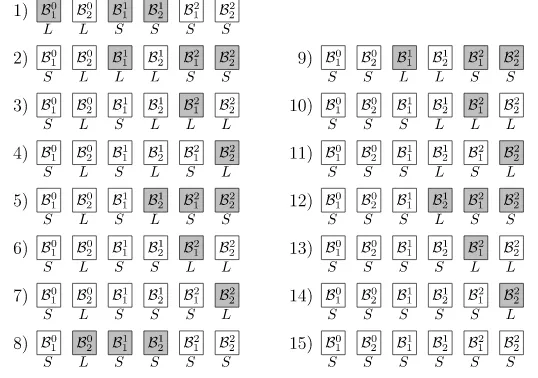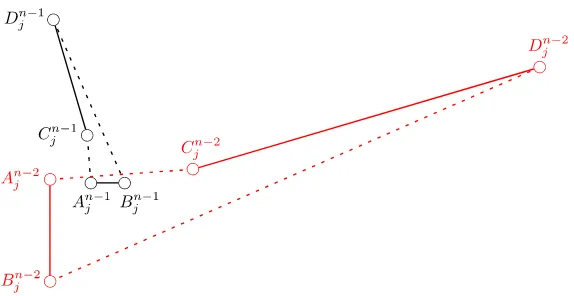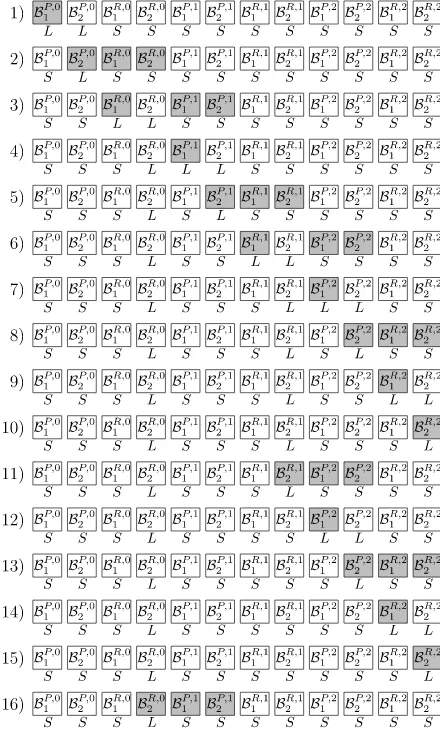Worst case and probabilistic analysis of the 2 Opt algorithm for the TSP
Full text
Figure




Related documents
In order to accelerate development of AI technology and its applications, it is necessary to take steps for Applications & Infrastructure Development, Policy &
a) Coordinating with education department or appropriate authorities in the government for permission and subsequent change in rules to launch a pilot in
Although again, skills show no effect for the probability of reporting good chances for the long-term unemployed, there are positive effects in the group of short-term
Field experiments were conducted at Ebonyi State University Research Farm during 2009 and 2010 farming seasons to evaluate the effect of intercropping maize with
This press release contains forward-looking statements within the meaning of the Private Securities Litigation Reform Act of 1995, including statements with respect to the
The results of the present study indi- cate that the 6-week dynamic neuromuscular training programme reduced the angle of ankle joint plantar flexion upon initial contact during
It was decided that with the presence of such significant red flag signs that she should undergo advanced imaging, in this case an MRI, that revealed an underlying malignancy, which
19% serve a county. Fourteen per cent of the centers provide service for adjoining states in addition to the states in which they are located; usually these adjoining states have



